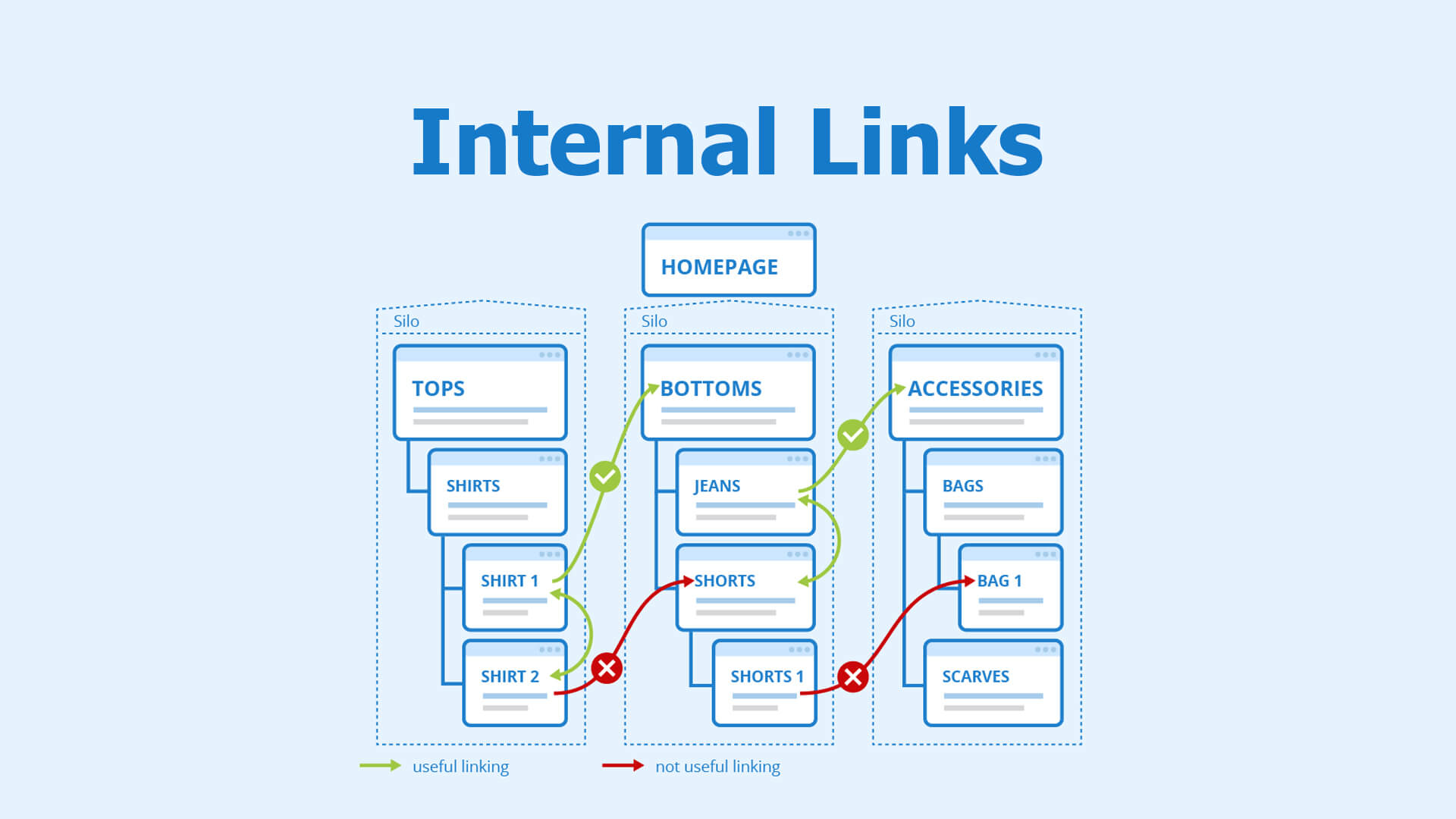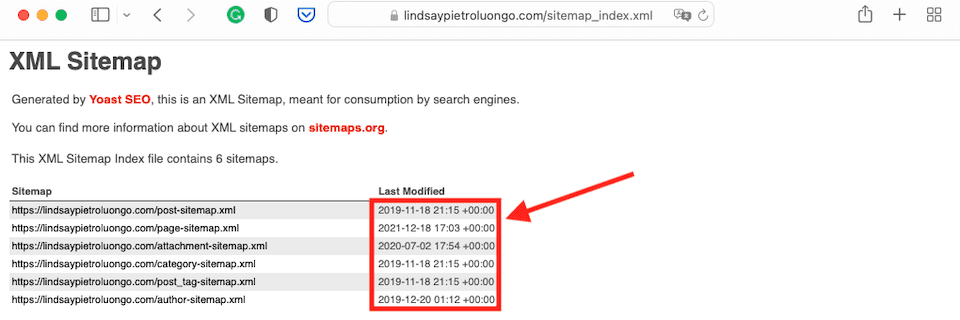
Mastering SEO for HTML Websites: A Step-by-Step Guide to Achieve Higher Rankings
In today’s digital landscape, having a strong online presence is crucial for the success of any business or organisation. One of the most effective ways to enhance visibility and attract organic traffic is through search engine optimization (SEO). While the SEO landscape continues to evolve, mastering the fundamentals remains essential, especially for HTML websites. While content quality remains paramount, ensuring that search engines can effectively crawl, index, and understand your website’s content is equally important. In this guide, we’ll explore key technical SEO techniques and strategies to help websites rank better on Google Search.
-
Crawling and Indexing:
Ensure Google can crawl and index your website’s content effectively: Follow best practices such as using indexable file types (e.g., HTML, PDF, plain text), organising URLs logically, submitting sitemaps, managing robots.txt rules, and handling duplicate content issues.
-
JavaScript Usage:
Follow Google’s recommendations for using JavaScript: JavaScript-powered websites are becoming increasingly common, but it’s essential to ensure that crawlers can properly render and understand your content. Adhering to Google’s guidelines for JavaScript usage helps ensure search engine visibility.
-
Multi-Page Articles:
Optimise multi-page articles: For articles spanning multiple pages, include prominent and crawlable next/previous links to facilitate navigation and indexing. Clear navigation aids search engines in understanding the structure and hierarchy of your content.
-
Prioritise Text Over Graphics:
Put key information in text format: While graphics and images can enhance user experience, prioritise using text to convey critical information. Text is easier for search engines to parse and understand. Additionally, use structured data markup to provide additional guidance about your content, helping search engines interpret it accurately.
-
Content-Specific Guidelines:
Follow content-specific guidelines: Different types of websites, such as news websites or those with paywalled content, may have specific SEO considerations. Adhering to content-specific guidelines ensures that your website is optimised effectively for search, catering to the unique requirements of your niche.
Below are the step-by-step guidelines on how to use SEO to rank an HTML website on search engines:
1. Keyword Research :
Before diving into optimization, start by conducting thorough keyword research. Identify relevant keywords and phrases that align with your website’s content, products, or services. Utilise keyword research tools like Google Keyword Planner, SEMrush, or Ahrefs to uncover valuable insights into search volume, competition, and user intent.

2. On-Page Optimization:
- Title Tags: Craft unique and descriptive title tags for each page, incorporating primary keywords naturally. Ensure titles accurately reflect the content and are compelling to encourage clicks.
- Meta Descriptions: Write engaging meta descriptions that summarise each page’s content effectively. While meta descriptions don’t directly impact rankings, they can influence click-through rates from search results.

- Header Tags (H1, H2, etc.): Structure your content logically using header tags to improve readability and help search engines understand the content hierarchy. Incorporate target keywords where appropriate.
- URL Structure: Create clean, keyword-rich URLs that reflect the content of each page, making it easier for both users and search engines to navigate.
3. High-Quality Content Creation:
- Content Relevance: Consistently produce informative, engaging, and original content that addresses user search intent. Incorporate targeted keywords naturally within the content to enhance visibility.
- Multimedia Integration: Enhance your content with multimedia elements such as images, videos, and infographics. Optimise these elements with descriptive filenames and alt attributes to improve accessibility and SEO.
4. Site Structure and Navigation:
- Clear Navigation: Ensure intuitive navigation throughout your website, allowing users to easily find information and navigate between pages.
- Internal Linking: Interlink relevant pages within your website to establish a hierarchy and distribute link equity effectively. Strategic internal linking can improve crawlability and enhance user experience.

5. Mobile Optimization:
- Responsive Design: Optimise your website for mobile devices with responsive design principles, providing a seamless user experience across various screen sizes. Mobile optimization is essential for both user satisfaction and search engine rankings.
6. Page Speed Optimization:
- Image Optimization: Compress images and use appropriate formats to reduce file sizes without compromising quality. Optimised images contribute to faster loading times and improved user experience.
- CSS and JavaScript Minification: Minify CSS and JavaScript files to minimise file sizes and reduce loading times. Streamlining code can significantly improve page speed performance.
- Browser Caching: Leverage browser caching to store website data locally, reducing server load and improving load times for returning visitors. Browser caching enhances overall website performance and user experience.
- Content Delivery Networks (CDNs): Utilise CDNs to distribute website content across multiple servers globally, ensuring faster load times for users in different geographic locations. CDNs optimise content delivery and enhance website reliability.

7. Technical SEO:
- XML Sitemap: Create and submit an XML sitemap to search engines to facilitate efficient crawling and indexing of website pages. A well-structured sitemap helps search engines discover and prioritise content.
- Robots.txt: Use a robots.txt file to control search engine crawlers’ access to specific parts of your website. Properly configured robots.txt directives can prevent indexing of sensitive or irrelevant content.
- Canonical Tags: Implement canonical tags to resolve duplicate content issues and consolidate link equity. Canonical tags guide search engines to the preferred version of a page, avoiding potential SEO pitfalls.
- Schema Markup: Incorporate schema markup to provide search engines with additional context about your website’s content. Schema markup enhances visibility in search results and can lead to rich snippets and enhanced listings.

8. Off-Page Optimization:
- Link Building: Earn high-quality backlinks from authoritative websites through strategic outreach, guest blogging, and content promotion. Backlinks signal to search engines that your content is trustworthy and valuable, positively impacting rankings.
- Social Media Engagement: Share your website content across social media platforms to increase visibility, drive traffic, and foster engagement. Social signals indirectly influence search engine rankings and contribute to overall online presence.
9. Monitoring and Analysis:
- Web Analytics: Use tools like Google Analytics to track key performance metrics such as traffic, bounce rate, and conversions. Analysing website data provides valuable insights into user behaviour and helps identify areas for improvement.
- Keyword Rankings: Monitor keyword rankings regularly to gauge the effectiveness of your SEO efforts and identify opportunities for optimization. Tracking keyword performance allows you to refine your strategy and stay ahead of the competition.

10. Continuous Optimization:
- Stay Informed: Keep abreast of SEO best practices, algorithm updates, and industry trends to adapt your strategies accordingly. Continuous learning and adaptation are essential for staying competitive in the ever-changing landscape of SEO.
- Test and Iterate: Experiment with different SEO tactics, analyse results, and iterate based on data-driven insights. Testing allows you to refine your approach and optimise for maximum effectiveness over time.
By implementing the step-by-step guidelines outlined in this comprehensive guide, website owners can enhance their online presence, attract organic traffic, and achieve higher rankings on Google Search. From conducting thorough keyword research to optimise on-page elements, improving site structure and navigation, and leveraging off-page optimization tactics, each aspect plays a crucial role in enhancing visibility and driving sustainable growth. Furthermore, continuous monitoring, analysis, and adaptation to evolving SEO best practices are vital for maintaining competitiveness in the dynamic digital landscape. By staying informed and iterating based on data-driven insights, website owners can position themselves for long-term success and maximise their impact in the online sphere.
Tag:Analytics, Backlinks, Content Marketing, Digital Marketing, Google Search, HTML, Keyword Research, Meta Tags, Mobile Optimization, On-Page SEO, Performance Tracking, Responsive Design, Search Engine Optimization, SEO, SERP (Search Engine Results Page), Technical SEO, User Experience (UX), Website Design, Website Development, Website Optimization



